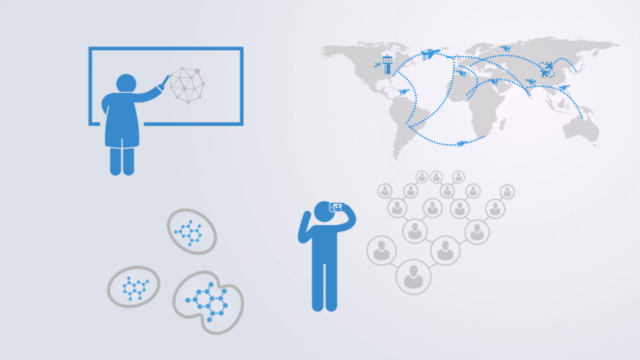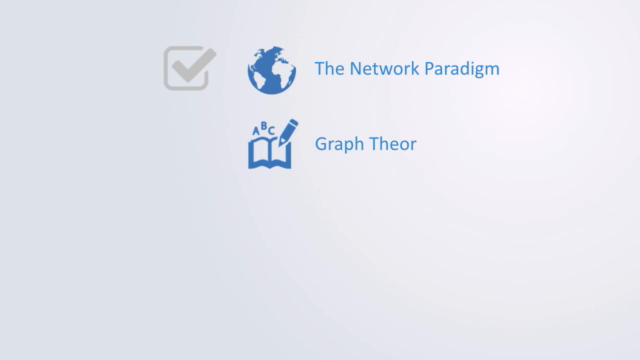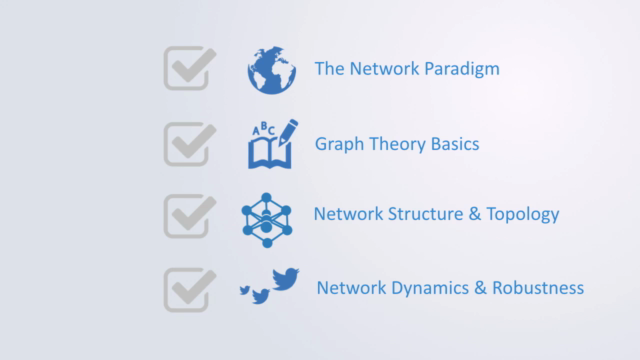Network Theory: Introduction

Why take this course?
🚀 Course Description:
"Network Theory: Introduction to Understanding the World Through Connectivity" 🌐
Welcome to a journey into one of the most groundbreaking fields of our time – Network Theory! This course will unlock the secrets of how everything from our biological systems to global markets is connected and operates as a network. Network theory isn't just a scientific endeavor; it's a language that offers a new lens through which we can view and understand the complex systems that define our world.
📚 Why Take This Course?
- 🧠 Interdisciplinary Insights: Dive into a field that transcends traditional academic boundaries, offering insights into physics, biology, computer science, economics, and social sciences.
- 🌍 Real-World Applications: Discover the principles behind the internet's infrastructure, the patterns in global air traffic, and the dynamics of financial systems.
- 🤖 21st Century Skills: Equip yourself with essential knowledge for designing and modeling networks, which is crucial in today's interconnected world.
Course Structure:
This course is designed to be accessible to anyone with a curious mind, regardless of your scientific background. We'll explore the fascinating topics of network theory through an intuitive lens:
-
Networks Overview: 🗺️
- Understanding the Network Paradigm and its significance in our modern perspective.
- Setting the stage for what you'll learn in this course.
-
Graph Theory Basics: 📊
- Introducing the foundational concepts of graph theory, the language we'll use to describe networks.
- Exploring metrics like degree, centrality, and significance of nodes within a network.
-
Network Structure: 🏗️
- Analyzing the topology and overall shape of networks through connectivity, diameter, density, and clustering.
-
Types Of Networks: 🌐
- Examining various network models, from random to structured, including centralized scale-free networks and the small world phenomenon.
-
Network Diffusion & Dynamics: ⏰
- Investigating how networks evolve over time and how phenomena like information or disease spread across them.
- Discussing network robustness and resilience to understand how they can recover from disruptions.
What You'll Learn:
- The fundamental concepts of network theory in a non-technical language.
- How to apply graph theory to interpret the structure and behavior of networks.
- Key metrics used to describe networks, such as degree, centrality, and clustering coefficients.
- The types of networks that dominate natural and social systems, like scale-free networks and small world networks.
- The dynamics that govern network diffusion, including how information or pathogens might spread across a network.
By the end of this course, you'll have a solid grasp of network theory and its applications. You'll be well-equipped to understand and engage with the complex systems that surround us – from understanding the spread of information in social networks to grasping the principles behind the world wide web.
Join us on this intellectual adventure into the heart of connectivity and prepare to think about the world differently! 🌟
Course Gallery




Loading charts...